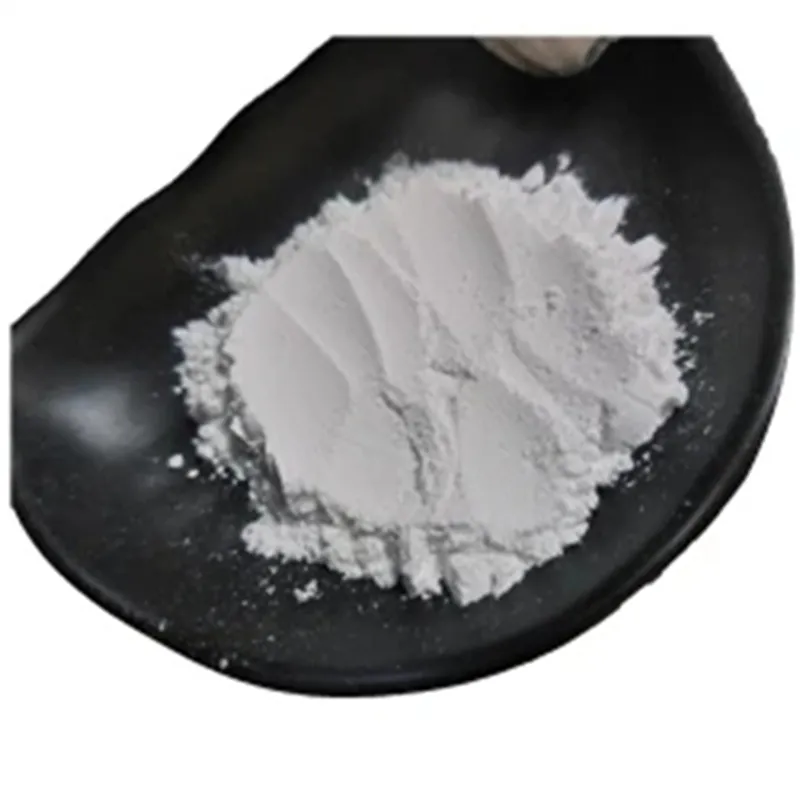Warning: Undefined array key "title" in /home/www/wwwroot/HTML/www.exportstart.com/wp-content/themes/1198/header.php on line 6
Warning: Undefined array key "file" in /home/www/wwwroot/HTML/www.exportstart.com/wp-content/themes/1198/header.php on line 7
Warning: Undefined array key "title" in /home/www/wwwroot/HTML/www.exportstart.com/wp-content/themes/1198/header.php on line 7
Warning: Undefined array key "title" in /home/www/wwwroot/HTML/www.exportstart.com/wp-content/themes/1198/header.php on line 7
- Afrikaans
- Albanian
- Amharic
- Arabic
- Armenian
- Azerbaijani
- Basque
- Belarusian
- Bengali
- Bosnian
- Bulgarian
- Catalan
- Cebuano
- China
- China (Taiwan)
- Corsican
- Croatian
- Czech
- Danish
- Dutch
- English
- Esperanto
- Estonian
- Finnish
- French
- Frisian
- Galician
- Georgian
- German
- Greek
- Gujarati
- Haitian Creole
- hausa
- hawaiian
- Hebrew
- Hindi
- Miao
- Hungarian
- Icelandic
- igbo
- Indonesian
- irish
- Italian
- Japanese
- Javanese
- Kannada
- kazakh
- Khmer
- Rwandese
- Korean
- Kurdish
- Kyrgyz
- Lao
- Latin
- Latvian
- Lithuanian
- Luxembourgish
- Macedonian
- Malgashi
- Malay
- Malayalam
- Maltese
- Maori
- Marathi
- Mongolian
- Myanmar
- Nepali
- Norwegian
- Norwegian
- Occitan
- Pashto
- Persian
- Polish
- Portuguese
- Punjabi
- Romanian
- Russian
- Samoan
- Scottish Gaelic
- Serbian
- Sesotho
- Shona
- Sindhi
- Sinhala
- Slovak
- Slovenian
- Somali
- Spanish
- Sundanese
- Swahili
- Swedish
- Tagalog
- Tajik
- Tamil
- Tatar
- Telugu
- Thai
- Turkish
- Turkmen
- Ukrainian
- Urdu
- Uighur
- Uzbek
- Vietnamese
- Welsh
- Bantu
- Yiddish
- Yoruba
- Zulu
Nën . 11, 2024 00:16 Back to list
Origins and Production Process of Xanthan Gum Explained
Xanthan Gum Origins and Production Process
Xanthan gum is a polysaccharide that has gained significant prominence in the food industry, pharmaceuticals, and cosmetics due to its unique thickening and stabilizing properties. Derived from the fermentation of sugars by the bacterium *Xanthomonas campestris*, xanthan gum is celebrated for its ability to enhance the texture and stability of a wide array of products. This article delves into the origins of xanthan gum, its production process, and its applications in various industries.
Origins of Xanthan Gum
The discovery of xanthan gum dates back to the 1960s when scientists were exploring the potential of *Xanthomonas campestris*, a bacterium known to cause black rot in cruciferous vegetables. Researchers at the United States Department of Agriculture (USDA) recognized that this microorganism produced a viscous substance that could have industrial applications. By studying the fermentation process of *Xanthomonas campestris*, they pioneered a method to cultivate the bacterium and harvest the gum it produced, leading to the commercialization of xanthan gum.
Xanthan gum is a natural product, primarily derived from corn, wheat, or sugarcane, making it an appealing ingredient for various applications. The gum is especially popular in gluten-free products, where it acts as a binding agent, mimicking the properties of gluten.
Production Process
The production of xanthan gum involves several crucial steps, beginning with the fermentation of carbohydrates derived from plant sources. The process typically starts by dissolving a carbohydrate source in water, creating a nutrient-rich medium suitable for the growth of *Xanthomonas campestris*.
1. Fermentation The carbohydrate solution is inoculated with a specific strain of *Xanthomonas campestris*. Under controlled conditions—such as optimal temperature, pH, and aeration—the bacteria ferment the sugars, resulting in the production of xanthan gum. Depending on the desired viscosity and properties, fermentation can last from 2 to 5 days.
2. Harvesting After fermentation, the xanthan gum is separated from the bacterial cells. This can be achieved through a series of filtration and centrifugation processes that remove the biomass while retaining the gum.
xanthan gum origins and production process

3. Precipitation The separated xanthan gum is then precipitated out of the solution by adding alcohol, typically isopropyl alcohol or ethanol, which causes the gum to form a gel-like structure.
4. Drying The precipitated xanthan gum is collected and dried to remove excess moisture. This can be done through spray drying or freeze-drying techniques to ensure a fine powder consistency that is easy to store and use.
5. Milling and Packaging Finally, the dried xanthan gum is milled into a uniform powder and packaged for distribution. Quality control measures are implemented at various stages to ensure the consistency and safety of the final product.
Applications of Xanthan Gum
The versatility of xanthan gum extends across various sectors. In the food industry, it is widely used as a thickening agent in salad dressings, sauces, and gluten-free baked goods. Its ability to stabilize emulsions makes it particularly valuable in oil and vinegar dressings, preventing separation and ensuring a smooth texture.
In the pharmaceutical industry, xanthan gum is utilized as an excipient in drug formulations, providing controlled release and improving the viscosity of suspensions. Moreover, its unique properties make it an essential ingredient in personal care products, including lotions and creams, where it enhances the product's texture and stability.
Conclusion
Xanthan gum, with its origins rooted in microbial fermentation, has revolutionized multiple industries through its thickening and stabilizing properties. The meticulous production process ensures a high-quality product that meets the diverse needs of the food, pharmaceutical, and cosmetic industries. As consumer demand for gluten-free and natural products continues to grow, xanthan gum is set to maintain its prominent role in enhancing texture and stability across various applications.
Latest news
-
Certifications for Vegetarian and Xanthan Gum Vegetarian
NewsJun.17,2025
-
Sustainability Trends Reshaping the SLES N70 Market
NewsJun.17,2025
-
Propylene Glycol Use in Vaccines: Balancing Function and Perception
NewsJun.17,2025
-
Petroleum Jelly in Skincare: Balancing Benefits and Backlash
NewsJun.17,2025
-
Energy Price Volatility and Ripple Effect on Caprolactam Markets
NewsJun.17,2025
-
Spectroscopic Techniques for Adipic Acid Molecular Weight
NewsJun.17,2025

